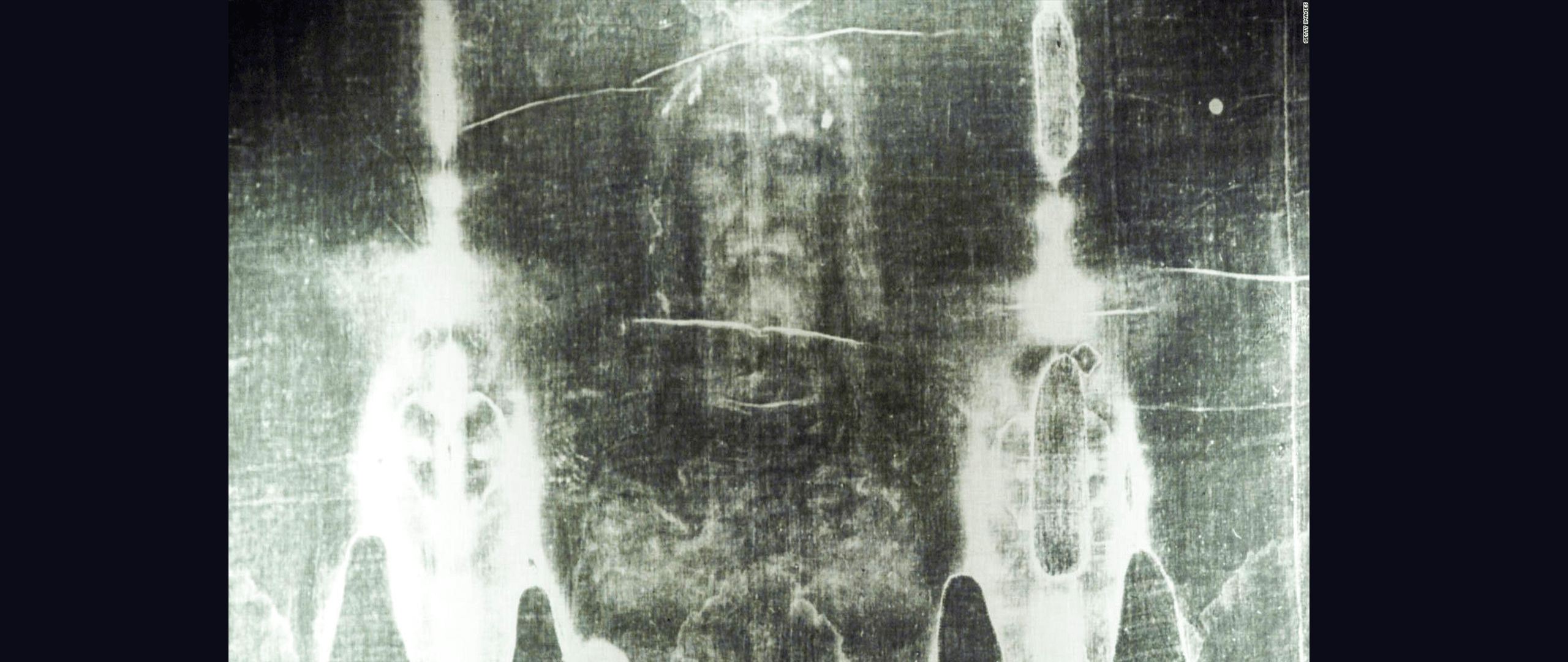The Shroud of Turin
33 – after his crucifixion, Jesus’s body was wrapped in a shroud. The blood Jesus shed on the Cross miraculously portrays his image on this shroud.
614 – Persian King Chosroes II defeated Roman Emperor Heraclius (610 – 641), seized Damascus and Jerusalem, and carried off the True Cross and other priceless relics.
628 – Roman Emperor Heraclius defeated Persian King Chosroes II, recovered Jerusalem, and took back the True Cross and other
priceless relics.
641 – Edessa fell to Islam; but continued to cling to its Christian traditions.
711 – the Persian Empire fell to Islam, and Islam replaced Zorastrianism (the religion) until the thirteenth century.
942 – Edessa was famous for two priceless relics: a letter from Jesus Christ and the Shroud of Turin, which bears a portrait of Jesus Christ.
942 – during the autumn, General John Curcuas, determined to acquire the Shroud of Turin, marched to Islam-ruled Edessa, where he offered the Edessans peace and promised to release all his prisoners, in exchange for the portrait of Jesus (the Shroud of Turin).
942 – left with no other way to secure his city, the Caliph agreed to release the Shroud of Turin.
942 – during a triumphant ceremony, General Curcuas awarded the Shroud of Turin to the city of Constantinople. It was taken to the Golden Gate, where it was received by the surviving young co-Emperors and the Patriarch; but the elderly Roman Emperor Romanus, now in his seventies and losing his grip on state-power, did not attend the triumphant ceremonies…..read more in Volume Eight……….





No Comments